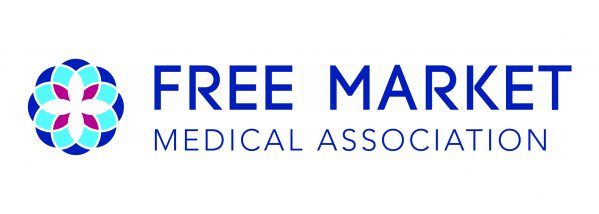Revolutionizing Patient Care: The Rise of Direct Specialty Care and Its Impact on the Healthcare Journey

Direct specialty care is a healthcare model that offers a focused approach to patient care, emphasizing direct access to specialized medical services without the usual barriers imposed by traditional healthcare systems. This model facilitates a more streamlined, efficient, and personalized healthcare experience for patients with specific medical needs, such as those requiring ongoing management of chronic conditions or specialized surgeries. By removing intermediaries and simplifying access to specialty care, this model aims to enhance the quality of care, improve patient outcomes, and reduce healthcare costs.
The Core of Direct Specialty CareAt the heart of direct specialty care is the direct relationship between the specialist and the patient, bypassing traditional referral processes and insurance-based restrictions.
This model is characterized by several key features:
Personalized Care: Specialists have more time to spend with each patient, allowing for tailored treatment plans that address individual needs and preferences.
Simplified Access: Patients have easier and quicker access to specialized services, reducing waiting times and the need for multiple referrals.
Transparent Pricing: Costs are often more transparent and predictable, with many direct specialty care providers offering services for a flat fee or through affordable membership models.
Enhanced Communication: The model encourages open and ongoing communication between the specialist and the patient, fostering a more collaborative care experience.
Adding Value to the Patient Journey Direct specialty care adds significant value to the patient journey in several ways:
Improved Access and Convenience: Patients benefit from a more straightforward pathway to receiving specialized care, which is particularly valuable for those managing chronic conditions or requiring complex procedures. This ease of access can lead to earlier diagnosis and intervention, which are crucial factors in improving health outcomes.
Personalization and Quality of Care: The ability to forge a closer relationship with a specialist means care is highly personalized. This not only improves the patient's experience but also the effectiveness of treatments, as care plans are finely tuned to meet individual health needs.
Cost Transparency and Savings: The direct care model often leads to cost savings for patients. By eliminating the middlemen and administrative overhead associated with insurance billing, direct specialty care providers can offer more affordable rates for their services.
Empowerment and Engagement: This model empowers patients to take an active role in their healthcare journey. With direct access to their specialists and clear, straightforward information about their treatment options and costs, patients can make informed decisions about their care.
The New Delivery Model in Practice:
The adoption of direct specialty care is facilitated by technological advancements and the growing demand for more patient-centric healthcare solutions. Digital health platforms, telehealth services, and patient portals are increasingly used to enhance the accessibility and efficiency of this care model. These technologies support seamless communication between patients and specialists, secure sharing of medical records, and remote monitoring of patient health, further adding value to the patient journey.
Moreover, the ongoing shift towards value-based care in the healthcare industry aligns well with the principles of direct specialty care. By focusing on outcomes rather than volume of services, this model supports the broader goal of achieving high-quality, cost-effective healthcare for all.
Conclusion: Direct specialty care represents a significant evolution in the delivery of specialized healthcare services. By focusing on patient-centered principles, such as ease of access, personalization, and transparency, it offers a promising solution to many of the challenges faced by patients and specialists alike in the traditional healthcare system. As this model continues to develop and integrate with emerging healthcare technologies, it holds the potential to further enhance the patient journey, making specialized care more accessible, effective, and satisfying for patients around the world.



